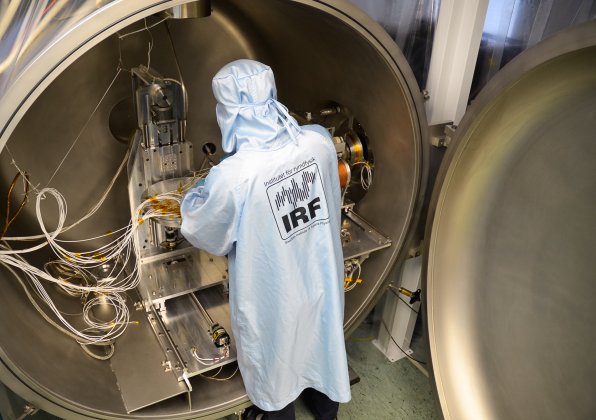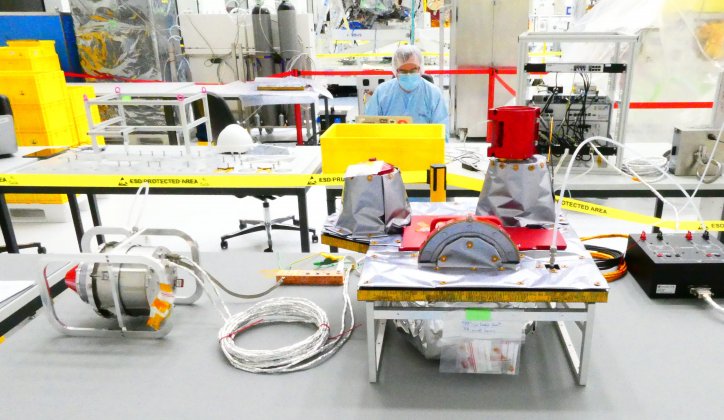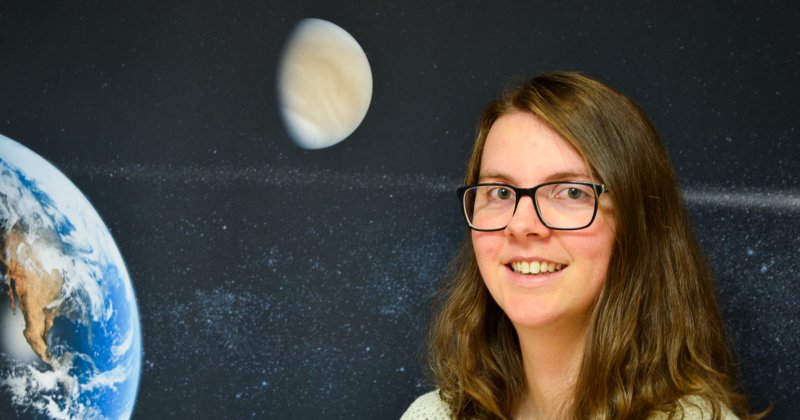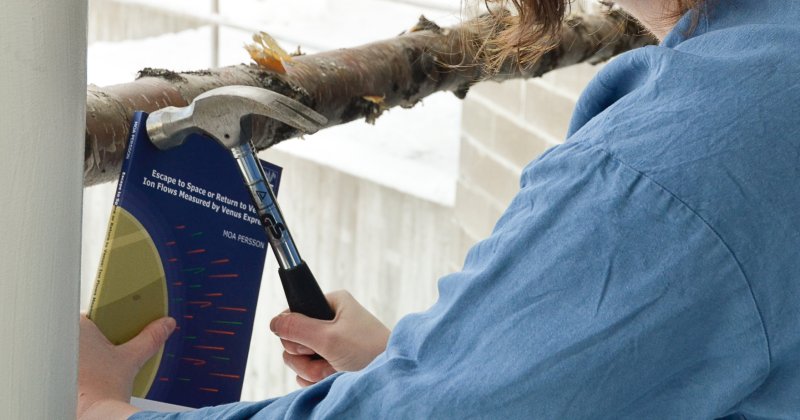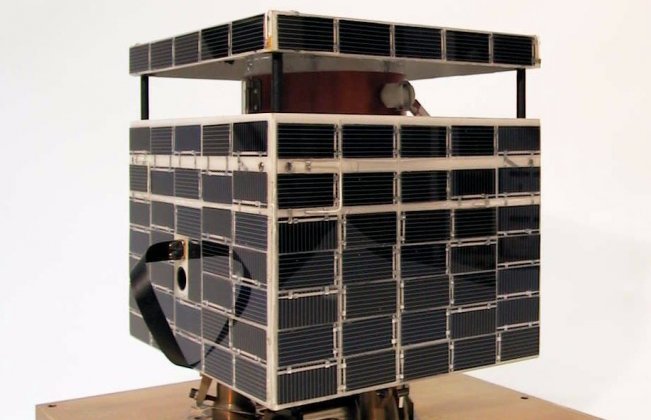
20 years since IRF’s nanosatellite Munin was launched
The Munin nanosatellite was the first full satellite from the Swedish Institute of Space Physics (IRF) and Sweden’s first nanosatellite. As far as we know it was the smallest research satellite ever (at 6 kilograms) when it was launched on 21 November 2000. Munin was partly a research satellite for studies of the Northern Lights and…

